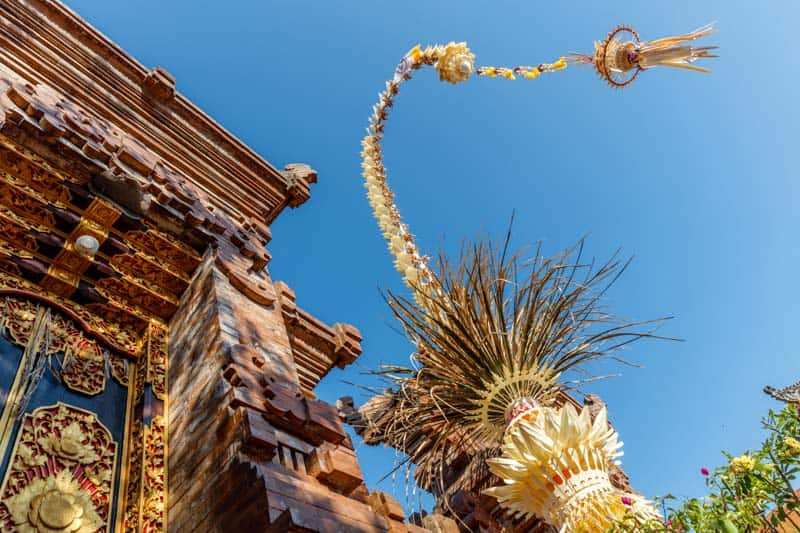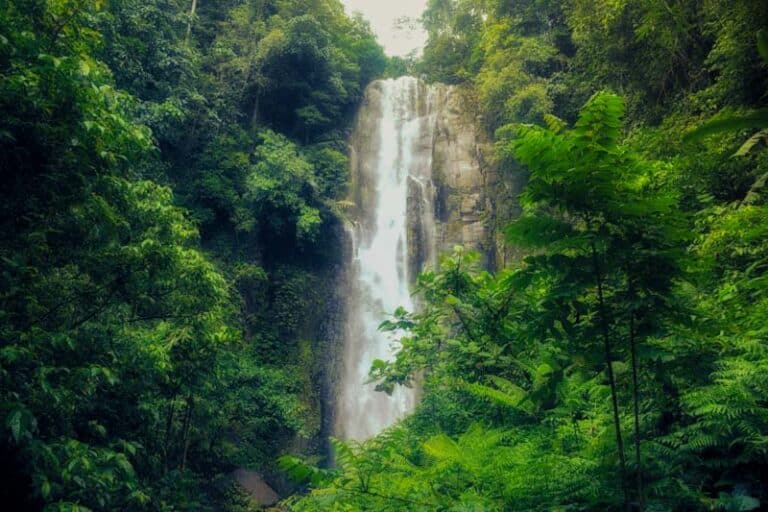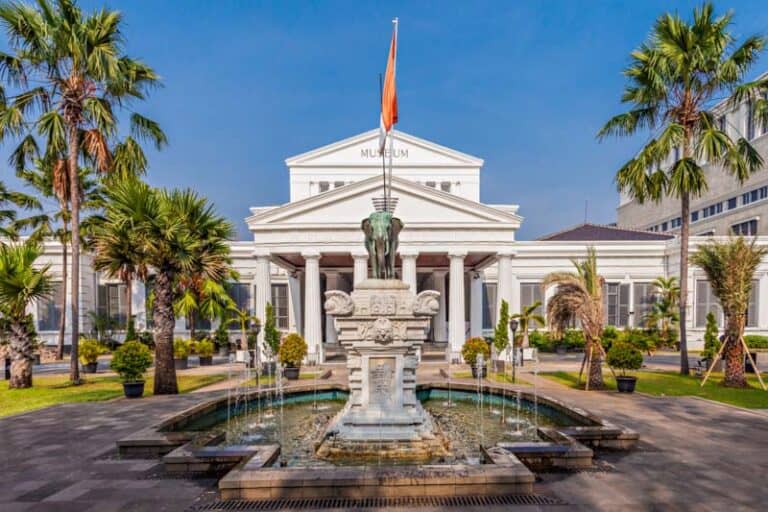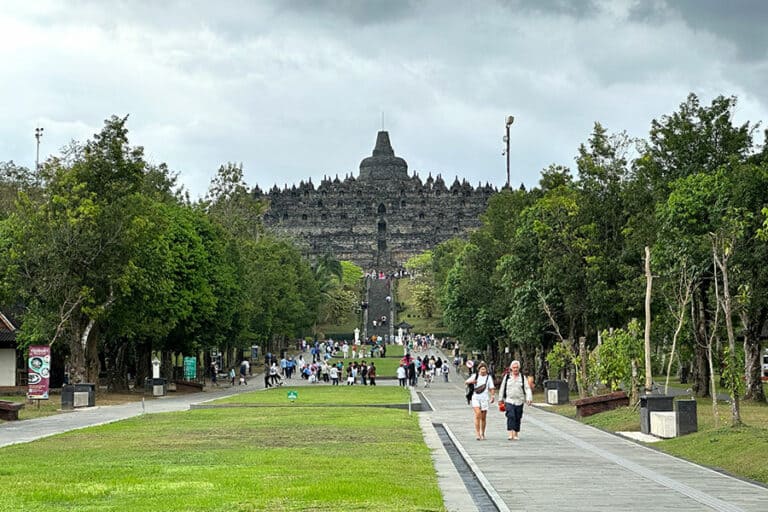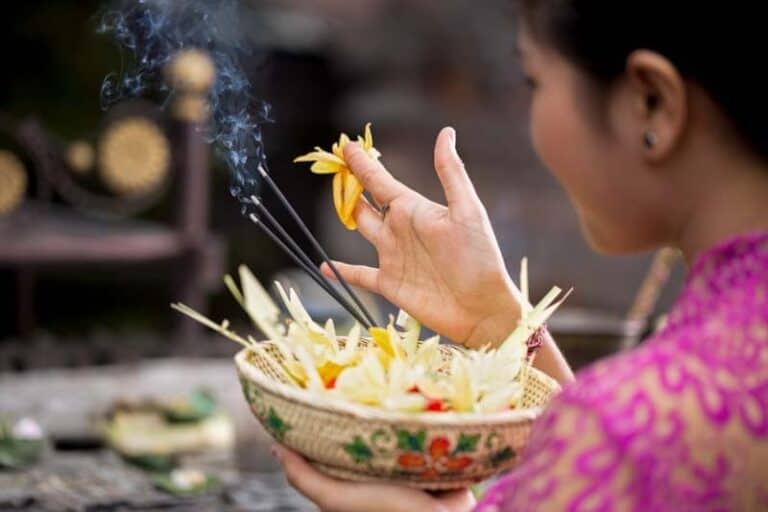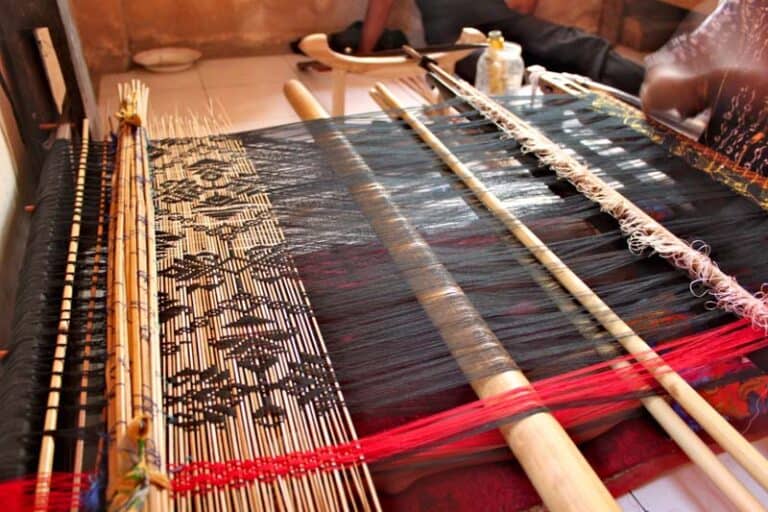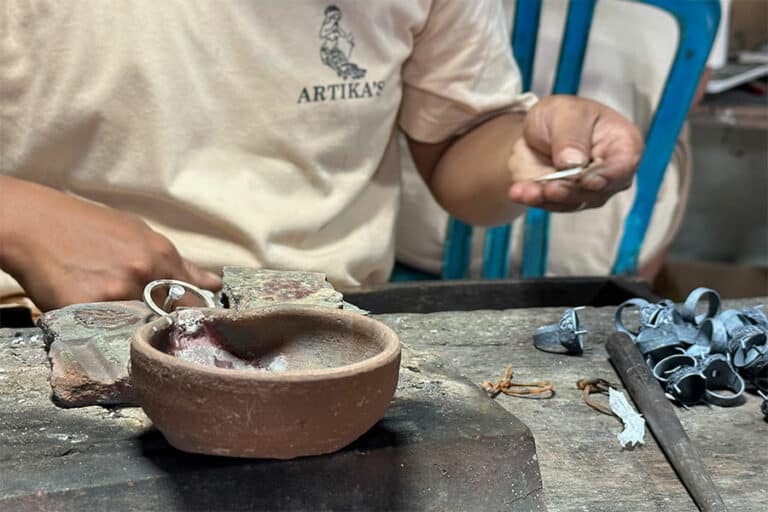Galungan and Kuningan in Bali are one of the big holidays celebrated by the Hindu Balinese. Although Galungan and Kuningan are not public holidays in Indonesia, both are big holidays and celebrations in Bali, so all governance offices, some schools, and businesses are closed during these days.
On Galungan and Kuningan in Bali, you can visit the temples in the morning when most Balinese come in their traditional dresses and bring some offerings for Hyang Widhi (Lords). After praying, they will have lunch and some leisure activities with family.
Then, what is actually celebrated during these days that make them so special? What are the facts about Galungan and Kuningan in Bali?
Galungan Day in Bali
Galungan is one of the Balinese most important festivals. It is a feast day commemorating the victory of dharma over adharma (the triumph of good over evil), also marks the time when ancestral spirits of deceased relatives visit the earth. On this day, Balinese people put on their finest traditional clothes to pray at the temples with their families, bring back the offerings to share and enjoy after praying.
To celebrate Galungan, the Balinese is putting the ‘penjor’ in front of the home, which is a beautiful, tall, curved bamboo pole decorated with young coconut leaves and the offerings at the base, such as rice, corn, coconut, snacks and other items of clothing (a piece of cloth) and money – to remind the people about the blessings from Hyang Widhi (Lords).
Kuningan Day in Bali
The word of “kauningan” basically means introspection, and “kuning” means “yellow color,” representing the color of Wisnu, the protector of the Hindu trinity. Kuningan is also represented by the special offerings made of yellow turmeric rice, a symbol of the Balinese gratitude towards God for all the life, joy, wealth, health, and prosperity. In Kuningan Day, human-being is expected to re-arrange the harmony of life in accordance with the purpose of the Hindu religion.
To celebrate it, the Balinese use particular offerings such as Tamiang (reflecting the protection and the natural rotation of the wheel), and Endongan (reflecting the knowledge and devotion for peace of mind). Balinese families also prepare special offerings as this is believed to be the day when ancestral holy spirits will return to heaven.
Facts about Galungan and Kuningan in Bali
There are some unique facts about this celebration:
- Galungan is celebrated every 210 days and always falls on Wednesday. Kuningan Day is celebrated 10 days after Galungan and always falls on Saturday. They are celebrated twice a year.
- Balinese will do some preparation before Galungan Day: 3 days prior is called Penyekeban when green bananas are covered up in huge clay pots to speed their ripening; 2 days prior is called Penyajaan when they make Balinese rice cakes called Jaja Bali for offerings and eaten on Galungan; 1 day prior is called Penampahan when they sacrifice and cook the pigs or chickens for the feast.
- One day after Galungan, or called Manis Kuningan, is dedicated to family time and visiting the extended family who may live in other parts of Bali; therefore, the roads are usually quite busy and full of many people going for a trip with their families.
- One day after Kuningan, or called as Manis Kuningan, is when people spend their time with family and loved ones, mostly in their hometown.
- In Tabanan Bali, there is the tradition of sharing happiness after Galungan and Kuningan called Mesuryak (means cheering), which begins with some prayers then proceed to bring all ceremonial offerings to the gate of the house, and the money of offering is thrown into the air that the villagers greeted with happiness; the cheering is believed as the joyful way to send the ancestral spirits back to heaven.
- In India, this tradition is known as Deepawali or Diwali (Festival of Lights).
